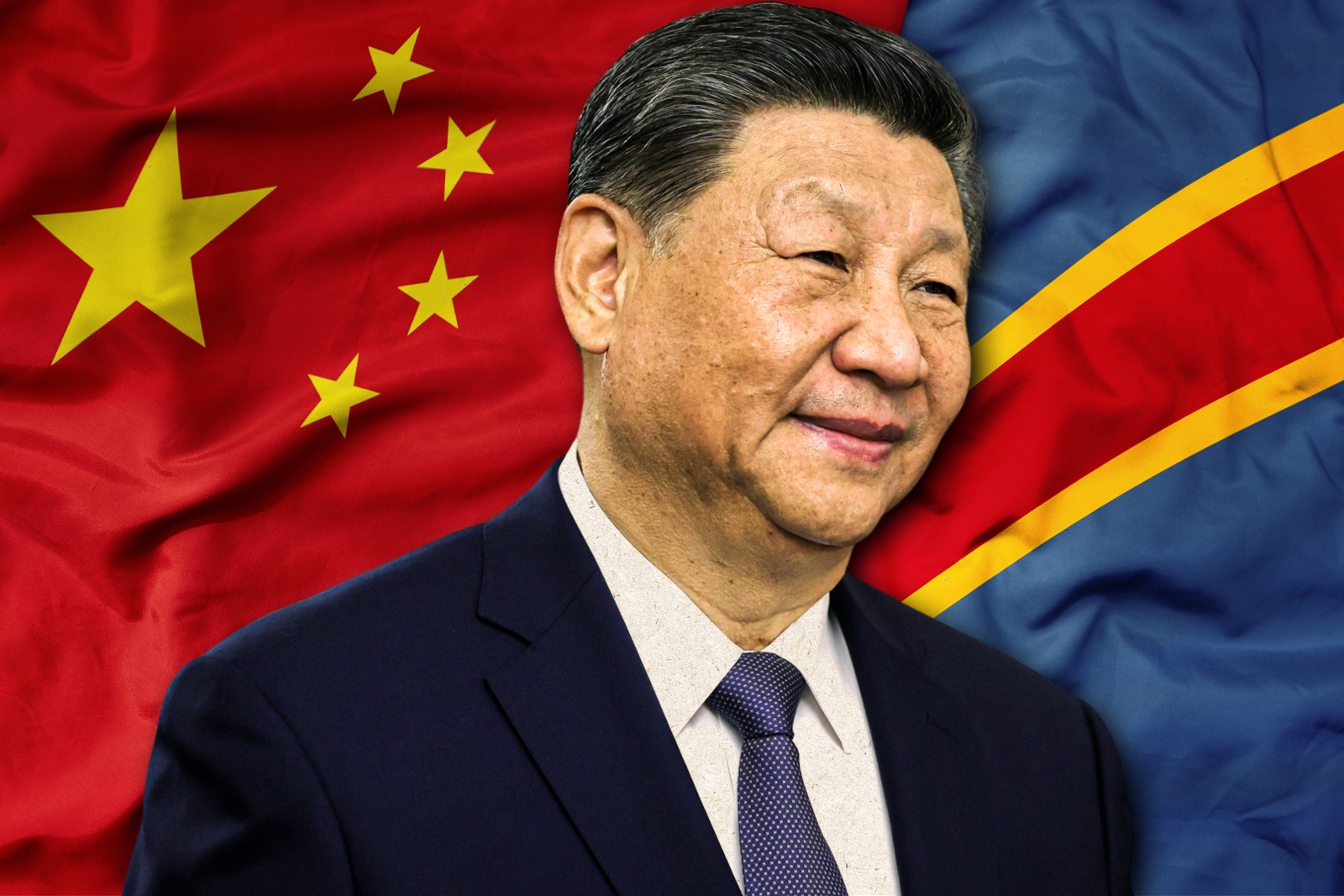
China’s Security Bet in the Congo
The Democratic Republic of the Congo, home to some of the world’s richest deposits of cobalt, copper, and other critical minerals, anchors supply chains for everything from electric-vehicle batteries to advanced weapons systems. Since independence in 1960, global powers have vied for access to the country’s resources. Today, China dominates that competition, marrying industrial scale with statecraft: it controls a commanding share of global mineral refining capacity and has paired massive investment with a growing security footprint to protect the flow of Congolese minerals to Chinese refiners and factories.
Beijing’s economic imprint is well documented. The 2008 “minerals-for-infrastructure” pact, best known through the Sicomines joint venture, committed billions in development finance, splitting funds between mining operations and public works such as roads and hospitals. In return, Chinese companies secured long-term access to extensive cobalt and copper reserves. The results are stark. Chinese entities now hold stakes in the vast majority of Congo’s major cobalt and copper mines, effectively positioning Beijing at the chokepoint of a supply chain that powers clean-energy transitions as well as military capabilities. Washington’s concern is not abstract: cobalt refined in China is central to advanced batteries and certain munitions, giving Beijing leverage in any prolonged geopolitical standoff.
As economic stakes have climbed, so has China’s security engagement with Kinshasa. While smaller than its commercial presence, this engagement is strategic. Chinese military cooperation has included training programs for Congolese units tasked with securing mining corridors in the country’s volatile east. At Kamina Air Base, for example, Chinese instructors have worked with Congolese forces—including rapid-reaction elements—on force protection around key sites. Beijing has also supplied equipment that strengthens Kinshasa’s hand against insurgent groups, including surveillance and strike-capable drones used in operations against M23. The message is clear: safeguarding mines and transit routes is now a core Chinese interest.
Security, in Beijing’s approach, also means data. Chinese firms are exporting a digital surveillance model to the Congo’s mining belts—smart sensors, fiber-optic backbones, and 5G connectivity that feed real-time telemetry on workers, vehicles, and site activities. Biometric access controls and integrated video monitoring promise tighter controls over theft, sabotage, and labor disruptions, and allow management in Africa and China to see the same operational picture. Yet this efficiency carries a cost. Embedding Chinese surveillance technologies inside fragile institutions raises unresolved questions about data sovereignty, corporate governance, and the long-term dependence of state and industry on foreign platforms.
Private security adds a third layer. China’s outward-facing security ecosystem increasingly relies on private military and security companies to protect personnel and infrastructure along the Belt and Road. In the Congo, Frontier Services Group (FSG), founded by Erik Prince and partly owned by China’s CITIC, and other firms linked to Chinese capital have coordinated site protection, logistics, and VIP movements, often working alongside Congolese forces. These outfits are typically unarmed and operate within local legal constraints, but their presence marks a departure from China’s traditional rhetoric of non-interference. The operational reality is simpler: when assets are exposed, Beijing will pay to shield them.
All of this reshapes regional politics. President Félix Tshisekedi has sought to diversify partnerships, including by courting American firms with access to mineral assets in exchange for security and diplomatic support. That gambit challenges Chinese primacy and underscores how African leaders can leverage great-power rivalry to extract better terms. It also points to the Congo’s centrality in a wider contest. Whoever controls extraction and refining pipelines for cobalt and copper can influence the pace and cost of the world’s energy transition.
For the United States, the Congo is both a risk and an opportunity. Competing with Beijing requires more than episodic attention or narrowly tailored sanctions and export controls. It demands credible, long-horizon investment in infrastructure, transparent financing, and security cooperation that strengthens Congolese capacity without deepening dependency. Governance matters as much as gear: only reforms that curb corruption, clarify contracts, and professionalize security forces will make diversified investment durable.
Beijing’s approach, however, is not simply a hunt for minerals; it is a long-term influence by design. Investment bankrolls extraction: training and equipment secure the ground; digital infrastructure centralizes control; private security fills gaps. The pieces are mutually reinforcing and built to endure swings in commodity prices or Congolese politics.
The stakes extend beyond mining towns in Katanga or North Kivu. As Kinshasa manages internal unrest, contends with cross-border militias, and balances outside suitors, choices made in the Congo will shape the contours of great-power competition in Africa. China has already built a layered architecture to guard its economic lifelines. Whether the United States and its partners can offer a competitive alternative—one that supports Congolese sovereignty while insulating critical supply chains from coercion—will help determine who sets the rules of the next energy age.
